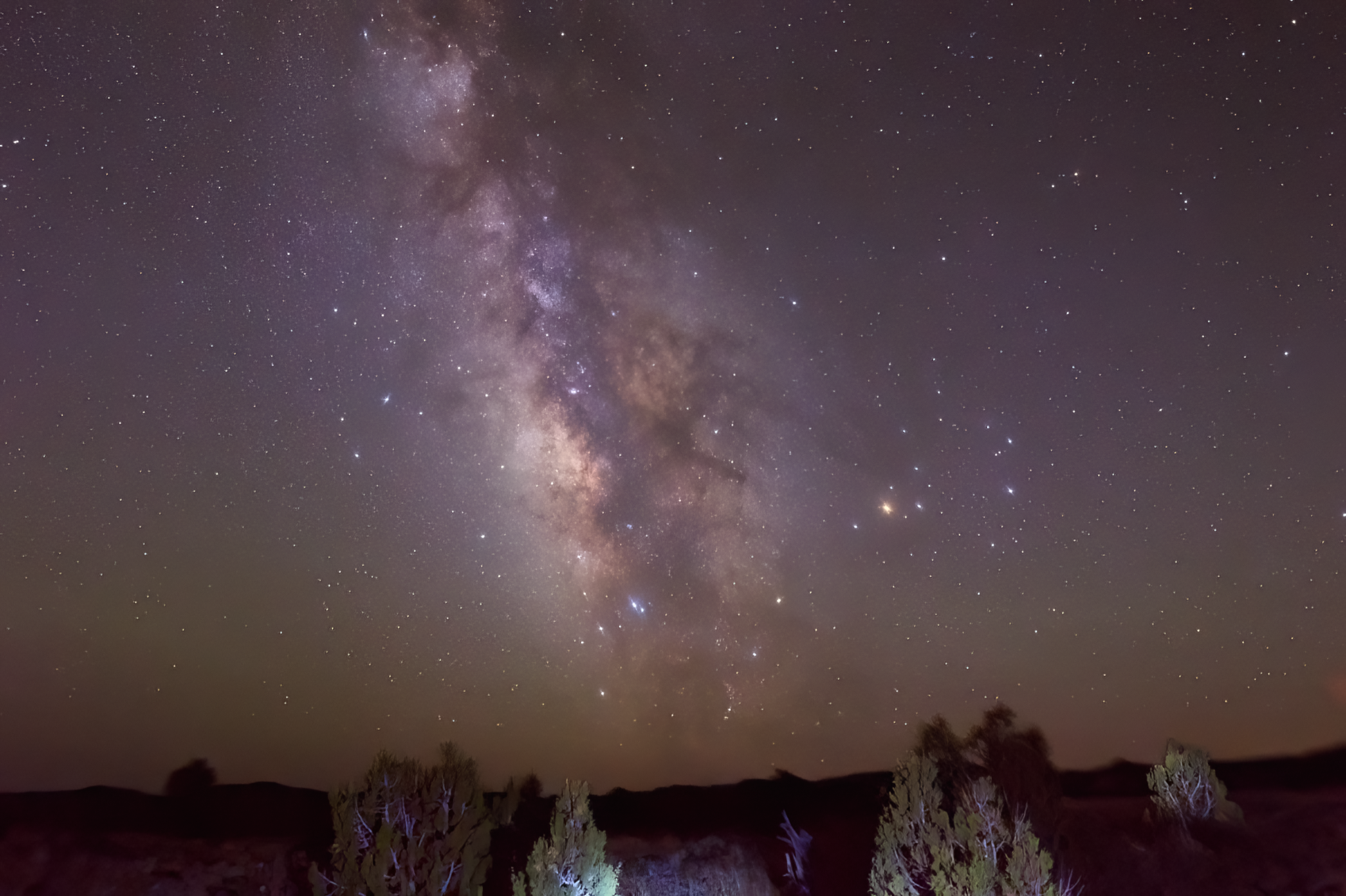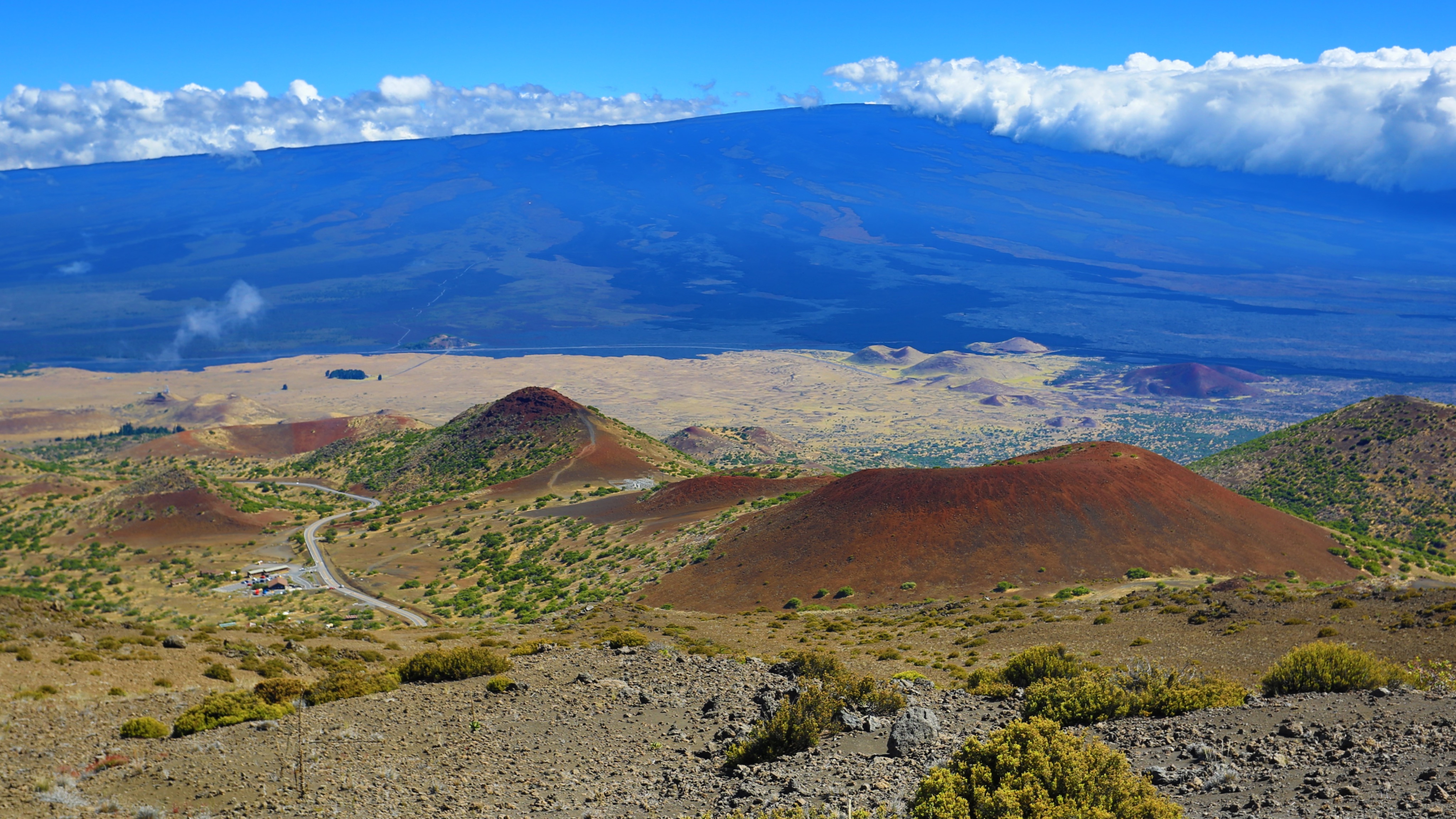By Paul C. Peh | 2023-07-22

On 07/21/2023 11:21 pm by Steve Price| The Last Chance Desert, Utah
This weekend I made a 2 hour trip to The Last chance Desert to get in an overnight Astrophotography session which I missed on the New Moon a few nights prior. So after arriving, setting up my gear, having a late 1030PM sandwich dinner with a diet caffeinated soda while waiting for the moon to set, I got busy running 3 cameras.
The longer, tracked exposures really make a difference looking deeper into the night sky and collect much more detail from the Milky Way than will a single, untracked, short exposure to prevent star trails. The dust lanes reveal the darker elements of the Milky Way which I enjoy. Nebulae and Star Clusters also capture better with longer focal lengths than this 14 mm wide angle...which I why the other two Sony cameras were running a 24mm wide angle and an 85mm lens to focus on certain areas in the galactic arm. A Bortle Class 1 dark sky helps, too. Makes even a rookie like me look good...sometimes.
After June the MW season heads to a close in a few months with November being about the end for seeing the center of the MW...maybe a one hour session. May, June and July provide many hours each night of imaging when you have clear skies the week before and after the New Moon.
Canon T7, Rokinon 14mm lens, MSM Star Tracker, Tripod, Intervalometer.
Single exposure, 3 minutes 25 seconds, f/ 5.6, ISO 6400. Slight cropping to level the ground, some denoising applied to reduce hot camera sensor color noise. Otherwise the long, star tracked, exposure collects a lot more light data than a shorter, untracked image. The Junipers in the foreground were illuminated by my cell phone to freeze the tracking blur as seen in the background trees.
